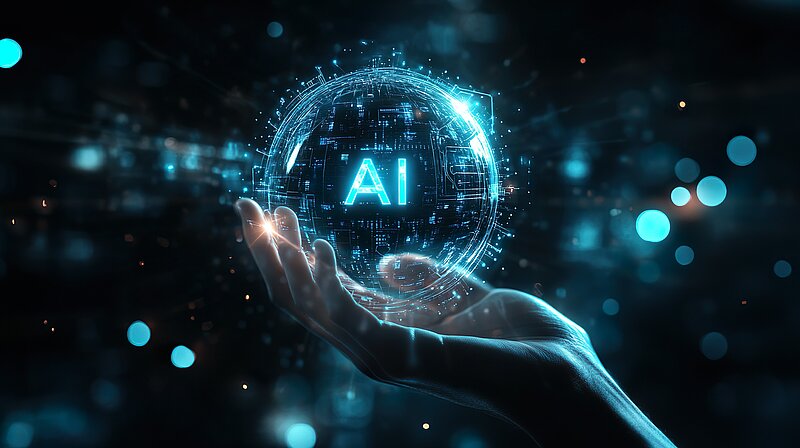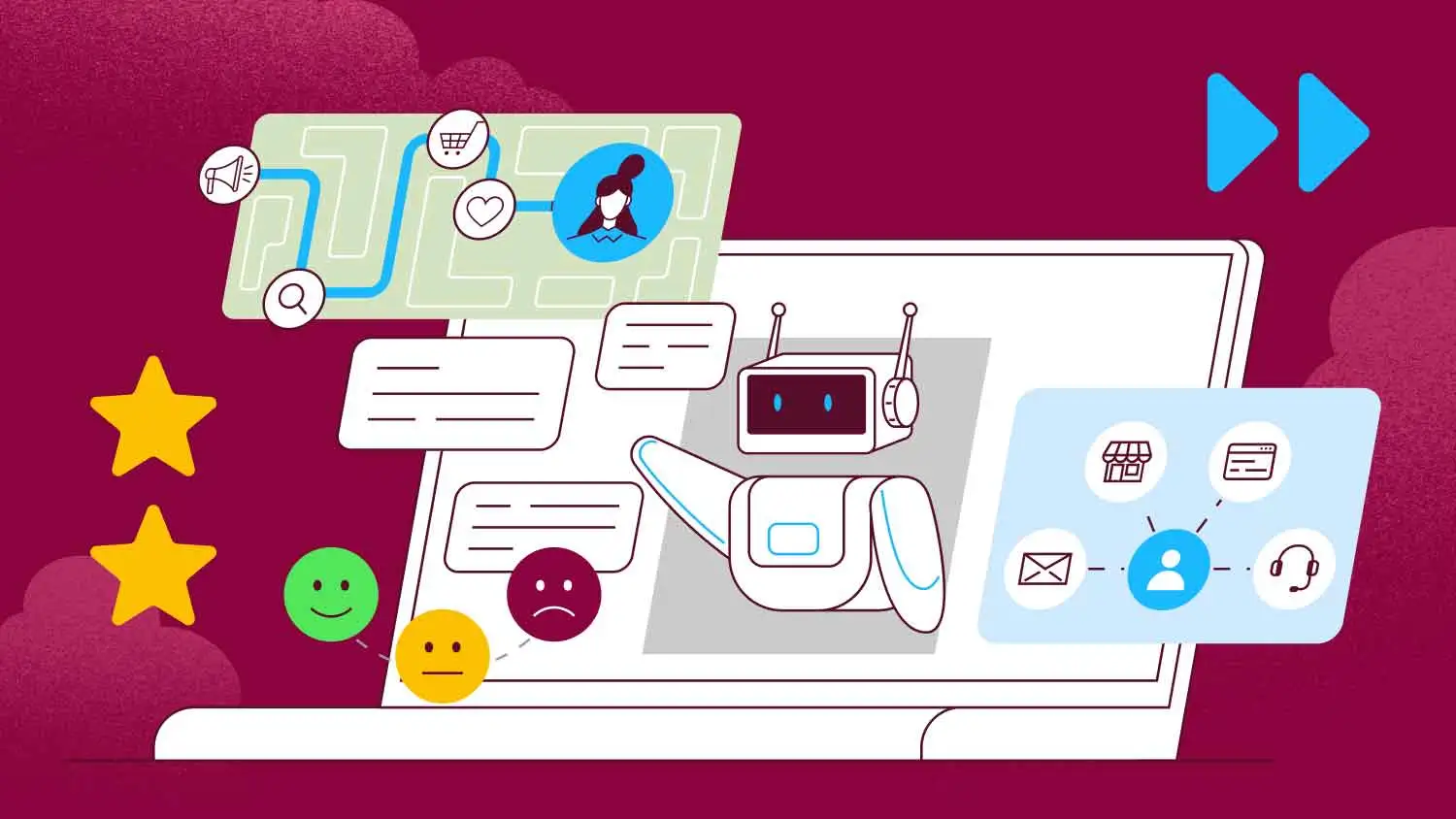Effective leadership isn’t just about short-term wins—it’s about creating lasting impact.
“Sustained success is the gold standard for leaders,” says Harvard Business School Professor Ryan Buell, who teaches the online course Transforming Customer Experiences. “How can leaders build a foundation for success that lasts?”
His answer lies in investing in your employees. This means identifying and addressing challenges that hold your team members back by building trust and improving initiative. Doing so keeps your employees motivated, engaged, and committed to shared goals.
Start by Building Trust with Your Employees
Developing trust in today’s profit-driven economy can be challenging. Yet, authenticity, empathy, and logic are essential for leading with honesty and integrity, whether in personal or professional relationships.
When leading a team, transparency is essential. “Asking our employees for their ideas, and truly listening to what they have to say, is an act of empathy,” Buell says in Transforming Customer Experiences. “And taking their ideas and incorporating the best ones into our plan for the future is a great way to [have] a logical plan that just might work.”
With these qualities in mind, you begin to shape a company culture that motivates employees and drives long-term success.
Improve Employee Initiative: 3 Steps
Building trust takes time and varies depending on your employees’ and business’s needs. Transforming Customer Experiences identifies three core steps that reliably boost employee engagement in various situations and organizations: capability, motivation, and license.
Each of these steps contains top-down and bottom-up approaches:
- Top-down: Initiatives that start from managerial levels and make their way down to employees
- Bottom-up: Initiatives that begin at an employee level and rise to management
Both approaches are essential for fostering a highly motivated team and can enhance employee performance and satisfaction. Top-down and bottom-up tactics are explored further through capability, motivation, and license, as described below.
1. Capability
Capability refers to the knowledge, skills, resources, and processes required to perform a job.
While many aspects of capability—such as training, protocols, and resource allocations—are typically implemented from the top down, Buell notes that true capability-building also requires management to trust employees’ expertise.
“We need to recognize that, as leaders, we don’t have all the answers and that there are a lot of great ideas locked up inside the minds of people throughout the organization,” Buell says in Transforming Customer Experiences. “The people who do the work are usually the best at identifying how we can do this work in better ways.”
2. Motivation
Motivation is driven by the incentive structures within a company, team, or position. It comes in two forms: extrinsic and intrinsic.
- Extrinsic motivation consists of top-down incentives and penalties set by management. For example, this could include a bonus for tackling additional responsibilities or a mandate to work overtime for someone underperforming. While common, extrinsic motivation alone isn’t enough to create a thriving environment.
- Intrinsic motivation is the general sense of purpose and drive an employee feels toward their position. Employees who believe their work is appreciated and meaningful are naturally more engaged. By fostering this bottom-up approach, you can create a more motivated and empowered workforce.
3. License
License refers to the permission structures that allow employees to approach their work as they see fit, even if it means deviating from standard practices.
While permission comes from the top down, employees will only use it if leadership has cultivated a culture of psychological safety from the bottom up. Employees must feel confident that they can take initiative without fear of punishment. By encouraging employees to think creatively and independently, you empower them to perform at their highest level.



-p-1600.webp)

